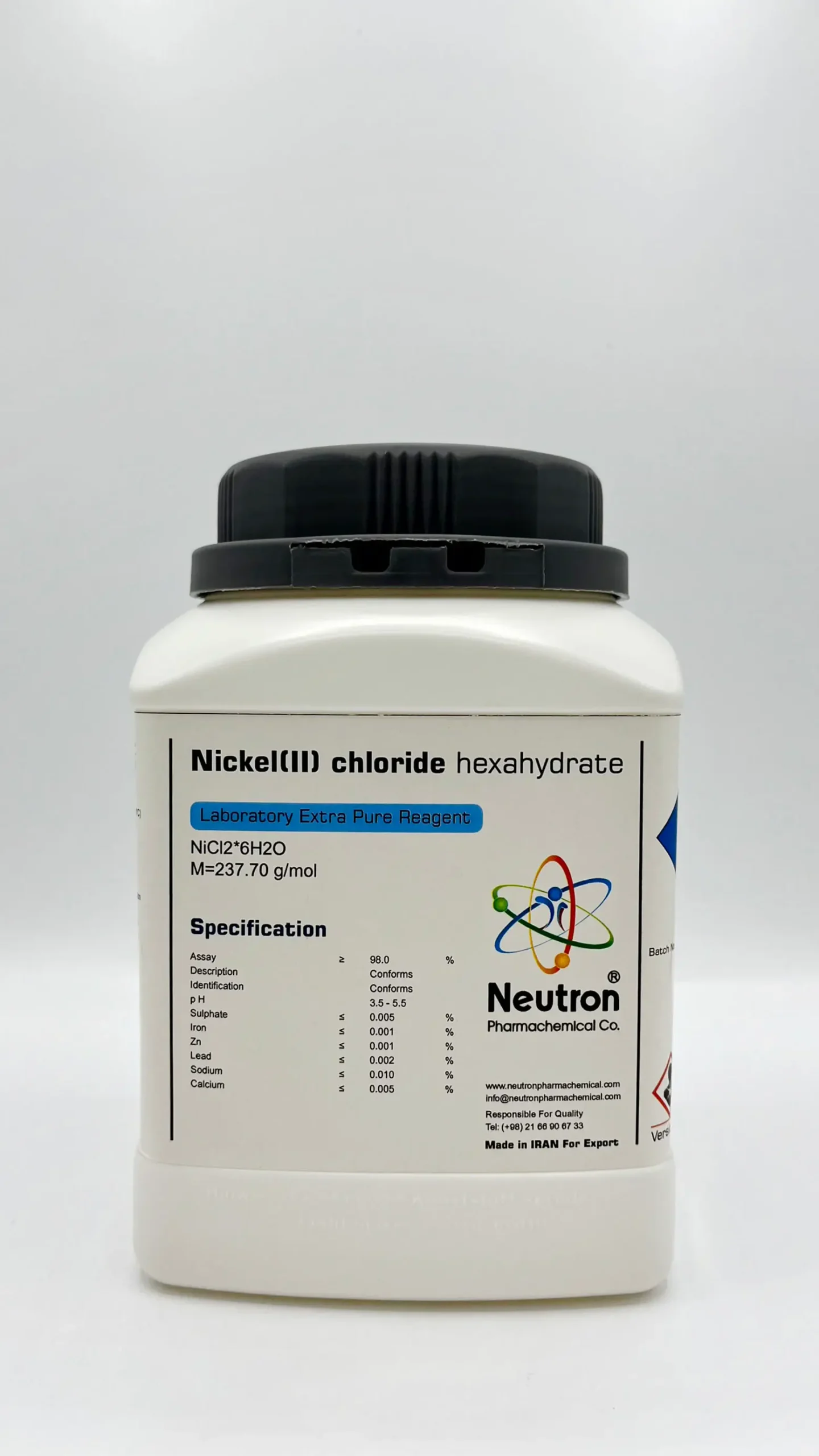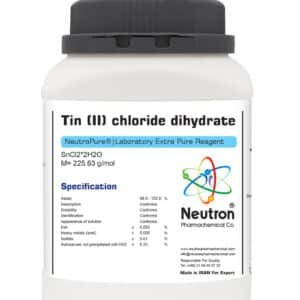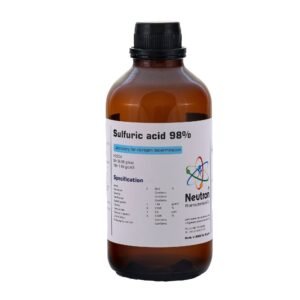نیکل II کلراید هگزاهیدرات
| Formula | Cl2Ni*6H2O |
| Chemical formula | NiCl2*6H2O |
| Density | 1.92g/cm3 (20°C) |
| Molar mass | 237.70 g/mol |
| Bulk density | ~ 640 kg/m3 |
| CAS number | 7791-20-0 |
| HS Code | 28273500 |
| EC number | 231-743-0 |
| Storage | Without limitation |
| SDS | available |
| R phrase | R 25-43-50/53 |
| S phrase | S 24-37-45-61 |
| Odour | odourless |
| Form | solid |
| Color | green |
| p H | 4.9(100g/l ) |
| Solubility in water | 2540g/l (20°C) |
| Solubility in ethanol | soluble |
| Melting point | ~1001 °C |
| Assay | ≥ | 98 | % |
| Description | Conforms | ||
| Identification | Conforms | ||
| p H | 3.5 – 5.5 | ||
| Sulphate | ≤ | 0.005 | % |
| Iron | ≤ | 0.001 | % |
| Zn | ≤ | 0.001 | % |
| Lead | ≤ | 0.002 | % |
| Sodium | ≤ | 0.01 | % |
| Calcium | ≤ | 0.005 | % |
Nickel(II) chloride hexahydrate is a green, crystalline compound that is highly soluble in water and alcohol. It is commonly used as a source of nickel ions in laboratory chemistry, electroplating, and catalyst production. The hexahydrate form is the most stable and widely used hydrate of nickel chloride.
🏭⚗️ Production
Nickel(II) chloride hexahydrate is typically produced by dissolving nickel metal, nickel oxide, or nickel carbonate in hydrochloric acid. Upon evaporation of the resulting green solution, NiCl₂·6H₂O crystallizes as emerald-green monoclinic crystals. This process can also yield anhydrous NiCl₂ if performed under dry, controlled conditions.
🔬 Properties
The chemical formula of nickel(II) chloride hexahydrate is NiCl₂·6H₂O, with a molar mass of approximately 237.69 g/mol. It appears as bright green or bluish-green crystals and is highly hygroscopic. It melts around 140 °C, at which point it begins to lose water of hydration. The compound is highly soluble in water and ethanol, forming acidic solutions. It crystallizes in the monoclinic system and serves as a common coordination compound in inorganic chemistry.
🧪 Applications
Nickel(II) chloride hexahydrate is widely used in electroplating, where it serves as a source of nickel ions for creating corrosion-resistant metal coatings. It is also used in the preparation of nickel catalysts, synthesis of coordination complexes, and in organic reactions involving coupling or reduction. In research and analytical chemistry, it is used for nickel detection and metal complex studies.
⚠️ Safety
Nickel(II) chloride is classified as toxic, carcinogenic, and sensitizing. It may cause skin and respiratory irritation, and prolonged exposure can lead to allergic reactions, particularly skin sensitization. It is also toxic to aquatic organisms. Proper handling includes the use of gloves, safety goggles, lab coats, and working in a fume hood. The compound should be stored in tightly closed containers in a cool, dry, and well-ventilated area, away from incompatible substances like strong oxidizers.





